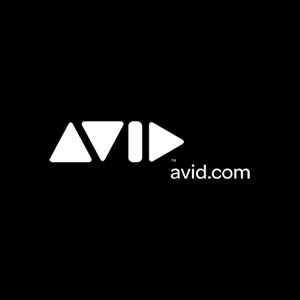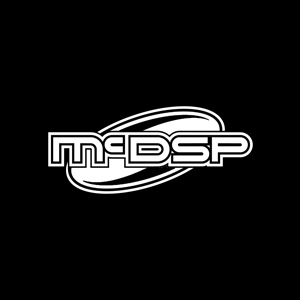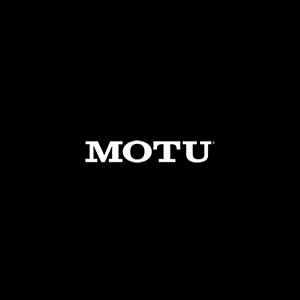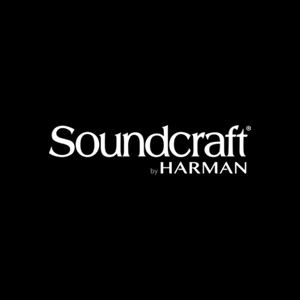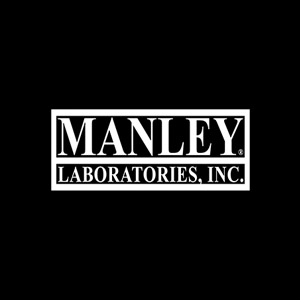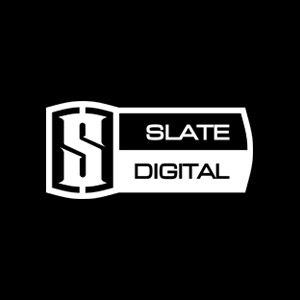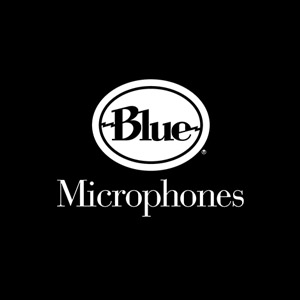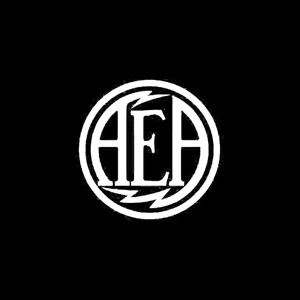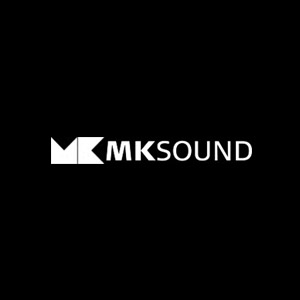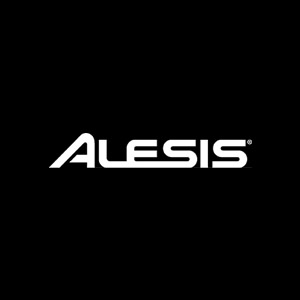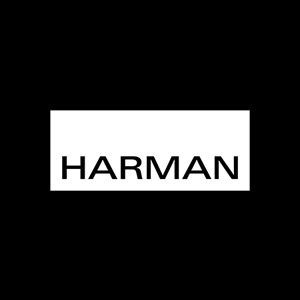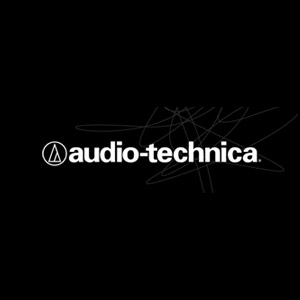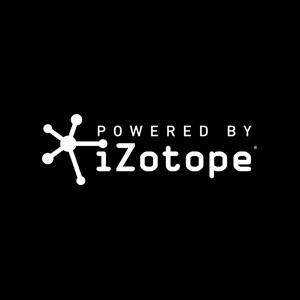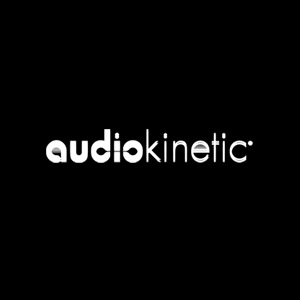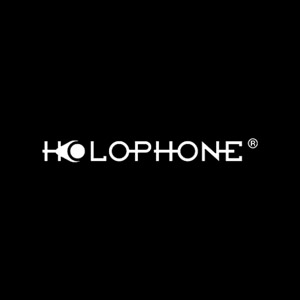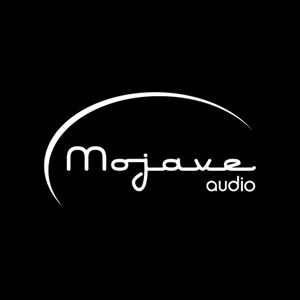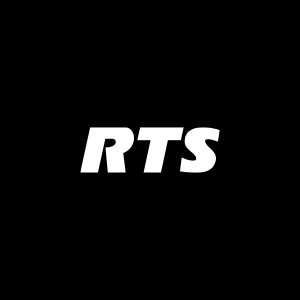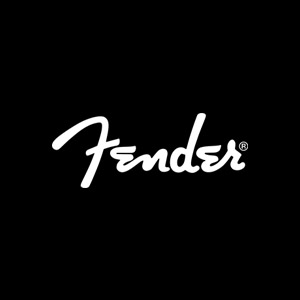CRAS Mobile Broadcast Recording Truck!
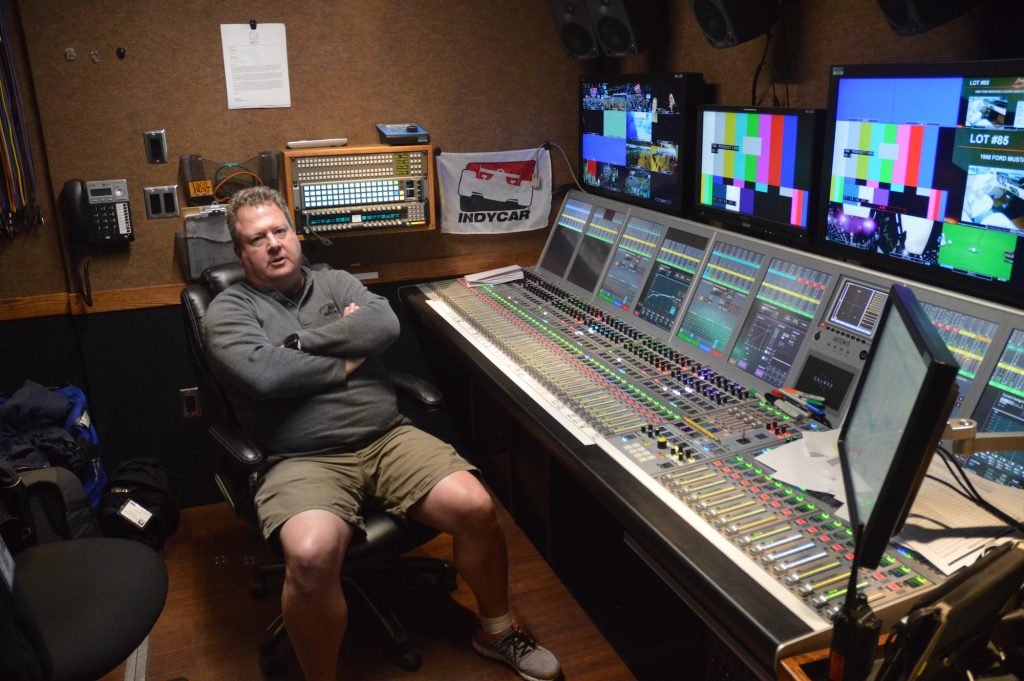
Today wraps up the first week with our brand new mobile broadcast recording curriculum here at the Conservatory of Recording Arts and Sciences. As part of our new extended curriculum, students will be learning broadcast audio production in addition to the numerous other skills we train in the audio engineering field.
Instructors Cory Patterson and Eli Salazar, with the help of CRAS veteran Brock and the cooperation of the legendary Fred Aldous, have pioneered a new path into this exciting field of study that no other school currently offers! Just think about how crazy that is… Every football game, baseball game, MMA or boxing bout, NASCAR, virtually every sporting event – of course we can see these on TV, but we have to be able to hear them to truly enjoy them. I didn’t even realize how much work went on behind the scenes to get the audio ready for production, and it’s all done in real time!
The job of the broadcast audio engineer is incredibly hectic, but rewarding. They have to listen to producer calls, pay attention to all the camera feeds, know where all the mics are set and routed, stay in constant communication with all the staff and make sure everyone can hear everyone else through the comm systems! Students will have to learn all of these skills.
A huge part of making sure all this works is the broadcast console. We have a set of Studer Vista consoles running the show. In conjunction with that, we were also able to work directly with Studer to help create their own online broadcast curriculum, where students can get certified working on the Vista consoles themselves.
This week students learned the basics of the Vista console and signal routing, learned the importance of mic placement and setup, went through the various equipment that allows us to plug into the live broadcast stream and route audio throughout all the necessary channels. All of this happens using both analog and digital equipment. We ran a good amount of copper wire for XLR feeds, but we ran even more fiber optic cable to allow for high bandwidth video and audio transmissions. Through the use of MADI and DANTE digital audio protocols, we can have hundreds of audio feeds flown through just a handful of small cables. That’s just crazy!
This week was perfect timing for all of this to start because we were also visited by the SSL Mobile Broadcast truck, which has been touring the country and stopped for a visit right here in our Gilbert campus parking lot! It was really interesting to see how they have their truck set up, and look at the similarities that SSL ran with and the differences we ended up with our own broadcast truck.
Here’s a quote from instructor Eli Salazar regarding this week’s classes:
“Cory and I are excited to have finished the first week on the Conservatory’s Broadcast curriculum. All we can say is “Wow”! We both had an absolute blast teaching these new classes. The feedback from the students has been totally positive and inspiring! We are both honored and humbled to have been selected for this amazing new program. It has been a lot of work, but the benefits are already being seen. This is an exciting time for the Conservatory as a whole, and we appreciate all the support.”
These last few months have definitely been interesting to see our new program coming together, and be built from the ground up. Stay tuned for more news and events as the rest of our new curriculum comes alive!

